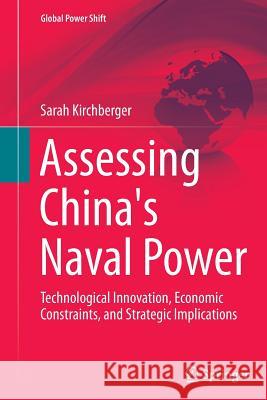Assessing China's Naval Power: Technological Innovation, Economic Constraints, and Strategic Implications » książka
topmenu
Assessing China's Naval Power: Technological Innovation, Economic Constraints, and Strategic Implications
ISBN-13: 9783662522059 / Angielski / Miękka / 2016 / 318 str.
Assessing China's Naval Power: Technological Innovation, Economic Constraints, and Strategic Implications
ISBN-13: 9783662522059 / Angielski / Miękka / 2016 / 318 str.
cena 561,44
(netto: 534,70 VAT: 5%)
Najniższa cena z 30 dni: 556,64
(netto: 534,70 VAT: 5%)
Najniższa cena z 30 dni: 556,64
Termin realizacji zamówienia:
ok. 10-14 dni roboczych
Bez gwarancji dostawy przed świętami
ok. 10-14 dni roboczych
Bez gwarancji dostawy przed świętami
Darmowa dostawa!
Kategorie BISAC:
Wydawca:
Springer
Seria wydawnicza:
Język:
Angielski
ISBN-13:
9783662522059
Rok wydania:
2016
Wydanie:
Softcover Repri
Numer serii:
000441674
Ilość stron:
318
Waga:
5.15 kg
Wymiary:
23.5 x 15.5
Oprawa:
Miękka
Wolumenów:
01
Dodatkowe informacje:
Wydanie ilustrowane











